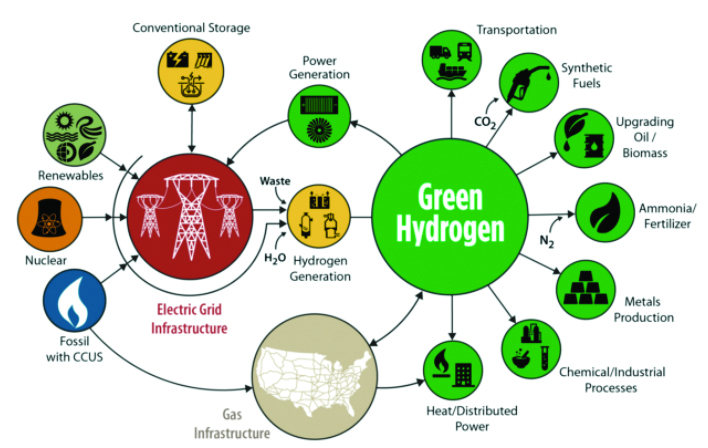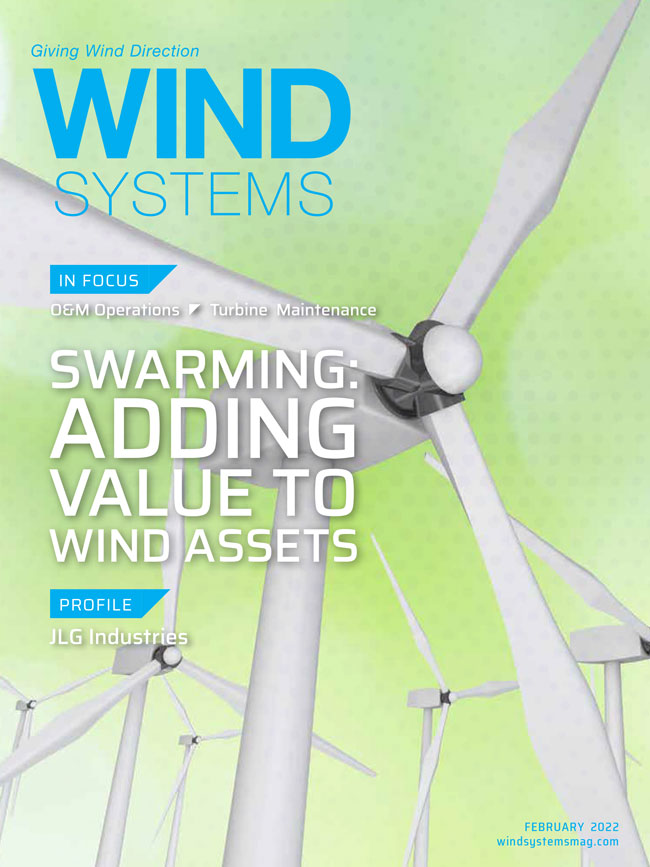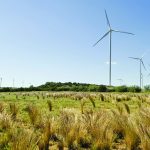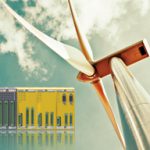NewHydrogen, Inc. a developer of green hydrogen technologies, reported progress in its technology program and its efforts to reduce the cost of producing green hydrogen.

In 2021, the program developed a non-precious-metal-based catalyst with significant improvement of oxygen evolution reaction (OER) in acidic conditions for proton exchange membrane (PEM) electrolyzers (a device that splits water into hydrogen and oxygen). Researchers then improved the catalyst performance by modifying the structure and optimizing loading conditions. Most recently, application of a unique surface engineering technique further improved the long-term stability of the catalyst. Higher stability implies reduced operating cost of electrolyzers in the longer term.
In a parallel effort, researchers have been developing hydrogen evolution reaction (HER) catalysts for alkaline electrolyzers. Their work is focused on developing platinum-based HER catalysts that use significantly less platinum, as well as a new type of HER catalyst that does not use platinum. To date, progress has been made on both fronts.
“Prior to scaling up the process for studies with a prototype electrolyzer in late 2022, researchers will continue to explore additional improvements to both the OER and the HER catalysts to maximize the overall performance of an actual water electrolysis device,” said Dr. David Lee, CEO of NewHydrogen. Trends in 2022 point to hydrogen produced from renewable sources becoming a key component of a sustainable energy future, NewHydrogen reported.
Despite market uncertainty in many sectors, the global push toward realizing a green-hydrogen economy remains strong entering 2022. In Europe, the green-hydrogen supply chain is growing rapidly, especially in Spain, France, and Germany. As noted at the recent conference of the Green Hydrogen Coalition, the German government is transitioning its energy resources to green hydrogen and away from coal and natural gas, with all dispatchable energy to be hydrogen-sourced.
In the United States, the recently passed federal infrastructure bill included $8 billion to develop regional clean hydrogen hubs, $1 billion to decrease the cost of electrolytic hydrogen production, $500 million for a clean hydrogen manufacturing and recycling program to support domestic supply chain development, and a grant program to support EV and fuel cell EV infrastructure.
The HyDeal LA initiative, close to NewHydrogen’s southern California home, is creating a green-hydrogen hub across the Los Angeles area. The hub is building support for production, transport, and storage of green hydrogen, as well as fueling for energy, transportation, industrial, maritime, and aviation industries. The hub is already creating new jobs supporting families in the LA area and providing a model of opportunities that will be available around the world.
The goal of NewHydrogen’s sponsored research at UCLA is to lower the cost of green hydrogen by eliminating or drastically reducing the use of precious metals in electrolyzers. Electrolyzers rely on rare-earth materials such as iridium and platinum. These materials often account for nearly 50 percent of the cost of electrolyzers.
More info www.newhydrogen.com



































